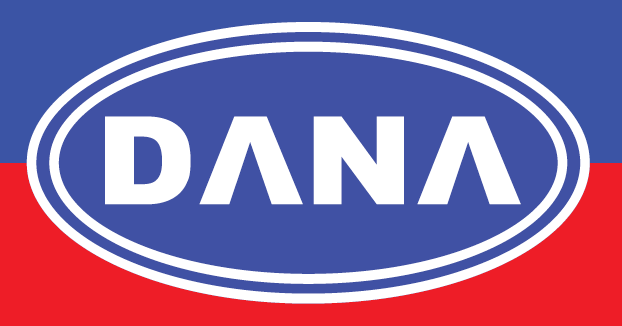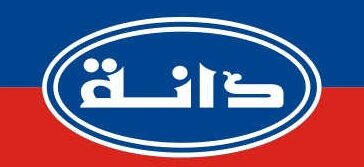GI Hard Wavy Profiles and their uses
Metal profile sheet
Typically, systems are used to construct efficient, dependable, and cost-effective envelopes for commercial structures. They’ve progressed from single-layer metal cladding commonly associated with agricultural structures to multi-layer systems for industrial and recreational use.
Metal profile sheets are metal structural components that come in a variety of profiles, heights, and thicknesses, allowing engineers and architects to utilise them for everything from simple industrial buildings to high-demand design structures. Trapezoidal profiles are massive metal structural components with a high load bearing capacity due to their form and thickness. They were made with a corrugated profile. Some manufacturers provide a profile programme with around 60 distinct profile forms in various heights. Cassettes are frequently utilised as the inner shell in dual-shell wall systems. Despite the fact that they were created for roofing, they are now mostly utilised in walls.
Specification of the metal profile
The fundamental purpose of the cladding system is to provide a weathertight building envelope that is appropriate for the structure’s intended usage. Trapezoidal metal roof sheets with through-fix fasteners are often used on slopes of 4% or more. This restriction is important to the cladding’s performance. A fix system with no exposed through fasteners, specific side laps, and preferably no end laps should be utilised for steeper pitches, down to 1.5 percent. Ponding is a possible concern for low-pitch roofs that must be considered during the design phase to minimise the negative consequences of extended soaking and increased loads owing to the weight of the water.
Building appearance
Metal sheet building envelopes supply materials that meet all of the most severe standards for construction characteristics and design to builders and architects. Steel used in profiled cladding sheets is pre-coated in a number of colours and textures, allowing architects to choose a finish that best matches the building’s location and function. Another component that may be customised to fit the demands of architects is the profile form.
Thermal performance
Because buildings consume 40% of all energy in Europe, improving the thermal efficiency of cladding and associated components is crucial. The elemental U-value (thermal transmittance, W/m2K) of a cladding panel is influenced by the conductivity and thickness of the applied insulation, the profile shape, and the presence of thermal bridges. Metal profile sheets can fulfil thermal performance parameters due to the insulations and profile shape. It is vital to investigate and prevent any probable thermal bridges inside the roof and wall cladding assembly to limit local heat/cold losses.
Acoustics
Roofs with trapezoidal shapes provide great sound-deadening properties. The sound level was found to be lowered by up to 53 decibels. The measured sound reduction for cassette-based wall structures was calculated to be 57 dB RW. The insulation material, weather sheet and liner sheet profiles, and installation process all influence the acoustic performance of a cladding system. By substituting the normal liner sheet with a perforated liner, architects may take use of the sound absorption qualities of the cladding insulation layer to reduce reverberation.
Durability
Regular maintenance, which includes inspection, debris removal, cleaning, and damage repair, is critical to ensure that the building envelope remains fully functioning throughout its design life. Man-made or natural wear can be examined. Exposure to the elements, natural movement, installation errors, and manufacture flaws are just a few examples. The requirement for maintenance may be considerably reduced by applying a specialised coating that, depending on the weather conditions, guarantees the cladding’s projected design life. Stainless steel 302, for example, is resistant to acetic acid, acetone, and boric acid, among other things.
Sustainability
The recycled scrap steel content of metal profiles sheets is significant, and all steel is recyclable. Many steel components can be unbolted and used in the future. Steel construction is even more sustainable because of the ability of reusing building materials, in addition to the already large contribution of today’s basic material recycling. Steel can be recycled indefinitely because it retains all of its original physical qualities during the recycling process. Stainless steel fasteners are corrosion-resistant and long-lasting, as well as environmentally friendly. Custom fasteners made of this material provide the highest level of sustainability and recyclability.
Main uses
Because of their adaptable mechanical and design properties, metal profile sheets may be used as a roof and roof cladding, external walls and wall cladding, and floors. They’re used in both the industrial and residential sectors, and they may be used in both new and renovated structures. Metal profile sheets are used in a wide range of applications, including the following:
Industrial buildings, commercial buildings, public buildings, sport buildings, educational buildings, offices and administration buildings, multi-story buildings, power plants, residential houses, and high-design demand buildings, etc.
DANA STEEL is a leading manufacturer of various steel products, covering a wide range of products and serving thousands of clients across the globe, at Dana Steel we ADD VALUE TO STEEL. Our products are proudly MADE IN UAE and exported to more than 45 countries across the globe.
Sandwich Panels, Profile Sheets, Decking Sheets, Aluminium Panels, Composite Panels, Z Purlins, C channels, Metal Lintels, roofing sheets, Fencing Sheets, Steel sheets, stainless steel.
Plot No: 5325494 ,Saih Suaib-3
City: Dubai
Country: United Arab Emirates [U.A.E.]
Phone: 00971-4-2217273
Email: Info@danasteel.com
Fax: 00971-4-2215940
Facebook/Instagram/Twitter: @danasteeluae
Whatsapp: +971507983153




